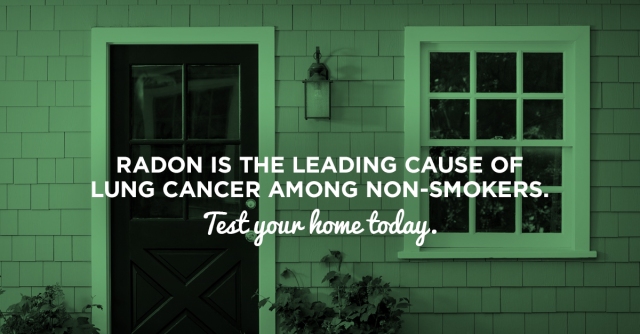Radon gas is an odorless, tasteless gas that is present in many homes in Idaho. It’s dangerous in high levels – it is the leading cause of lung cancer for nonsmokers. It’s a serious health issue in Idaho, and it causes more than 20,000 deaths a year in the United States. The only way to know it’s in your home is to test for it, and the testing is simple and inexpensive.
How does radon get into homes?
Radon is a naturally occurring radioactive gas that comes from the breakdown of uranium. It seeps from soil into homes and buildings through crawl spaces and cracks and openings in foundations. It builds up the most in winter, when homes are closed against the cold and get less fresh air.
Why should we care about this in Idaho?
High levels of radon have been found in every county in the state. Since radon is found throughout Idaho, it’s important to have your home tested so you can remove it if levels are high. Continue reading “2 out of 5 Idaho homes tested for radon show dangerous levels of the gas”




 Radon is an odorless, tasteless gas that has been found at dangerous levels in many homes in Idaho. The dangerous gas is the leading cause of lung cancer for nonsmokers, and it causes more than 21,000 deaths a year in the United States. It’s a serious health issue in Idaho. The good news is that it is a preventable health risk – testing your home can help prevent or reduce exposure.
Radon is an odorless, tasteless gas that has been found at dangerous levels in many homes in Idaho. The dangerous gas is the leading cause of lung cancer for nonsmokers, and it causes more than 21,000 deaths a year in the United States. It’s a serious health issue in Idaho. The good news is that it is a preventable health risk – testing your home can help prevent or reduce exposure.